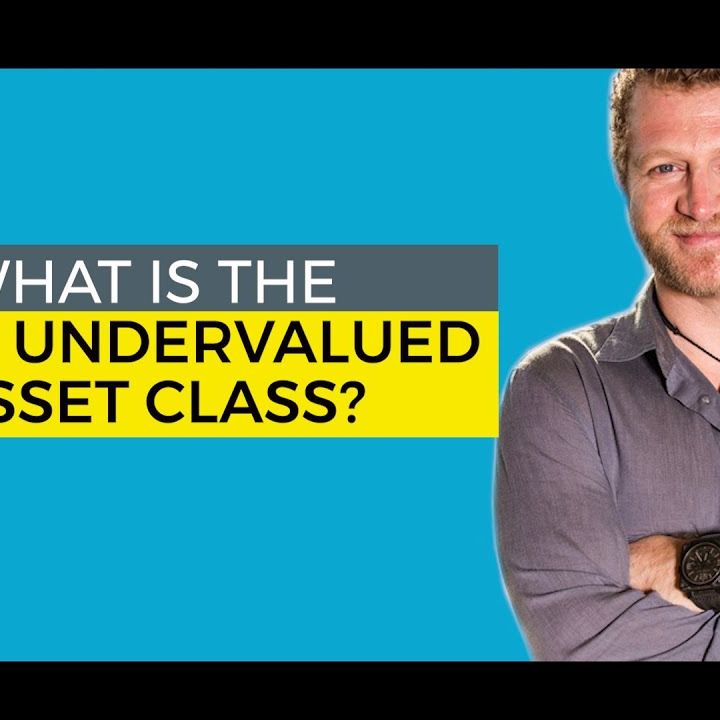To keep knowing and advancing your career, the list below resources will be helpful:.
Growth equity is typically described as the private investment technique inhabiting the middle ground between equity capital and standard leveraged buyout strategies. While this might hold true, the technique has actually progressed into more than just an intermediate personal investing approach. Development equity is frequently described as the personal financial investment strategy inhabiting the happy medium between equity capital and conventional leveraged buyout techniques.
This mix of factors can be engaging in any environment, and much more so in the latter phases of the marketplace cycle. Was this article handy? Yes, No, END NOTES (1) Source: National Center for the Middle Market. Q3 2018. (2) Source: Credit Suisse, "The Incredible Shrinking Universe of Stocks: The Causes and Repercussions of Fewer U.S.
Option investments are complicated, speculative financial investment vehicles and are not ideal for all investors. A financial investment in an alternative investment involves a high degree of risk and no assurance can be considered that any alternative mutual fund's financial investment goals will be achieved or that investors will receive a return of their capital.
This industry info and its value is a viewpoint just and needs to not be trusted as the only important info offered. Info included herein has actually been acquired from sources believed to be dependable, however not guaranteed, and i, Capital Network assumes no liability for the info supplied. This info is the residential or commercial property of i, Capital Network.
This financial investment method has actually assisted coin the term "Leveraged Buyout" (LBO). LBOs are the main financial investment method type of most Private Equity firms.
As pointed out earlier, the most notorious of these deals was KKR's $31. 1 billion RJR Nabisco buyout. Although this was the biggest leveraged buyout ever at the time, lots of individuals believed at the time that the RJR Nabisco deal represented the end of the private equity boom of the 1980s, due to Tysdal the fact that KKR's financial investment, however famous, was ultimately a considerable failure for the KKR financiers who purchased the business.
In addition, a lot of the cash that was raised in the boom years (2005-2007) still has yet to be used for buyouts. This overhang of committed capital prevents numerous investors from committing to invest in brand-new PE funds. In general, it is approximated that PE companies handle over $2 trillion in assets worldwide today, with near to $1 trillion in dedicated capital offered to make brand-new PE financial investments (this capital is in some cases called "dry powder" in the industry). tyler tysdal SEC.
For circumstances, an initial financial investment could be seed funding for the business to start constructing its operations. Later on, if the business proves that it has a feasible item, it can acquire Series A financing for more growth. A start-up company can complete several rounds of series financing prior to going public or being obtained by a monetary sponsor or tactical purchaser.

Leading LBO PE companies are characterized by their large fund size; they have the ability to make the biggest buyouts and take on the most financial obligation. Nevertheless, LBO transactions can be found in all sizes and shapes – . Overall deal sizes can vary from 10s of millions to tens of billions of dollars, and can happen on target companies in a variety of markets and sectors.
Prior to carrying out a distressed buyout chance, a distressed buyout company needs to make judgments about the target company's worth, the survivability, the legal and restructuring problems that might develop (ought to the company's distressed assets require to be restructured), and whether the creditors of the target business will become equity holders.

The PE firm is needed to invest each respective fund's capital within a duration of about 5-7 years and after that generally has another 5-7 years to sell (exit) the investments. PE firms usually utilize about 90% of the balance of their funds for new investments, and reserve about 10% for capital to be used by their portfolio business (bolt-on acquisitions, additional offered capital, and so on).
Fund 1's dedicated capital is being invested with time, and being returned to the restricted partners as the portfolio companies because fund are being exited/sold. As a PE firm nears the end of Fund 1, it will need to raise a brand-new fund from brand-new and existing limited partners to sustain its operations.